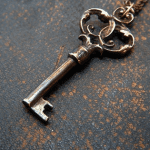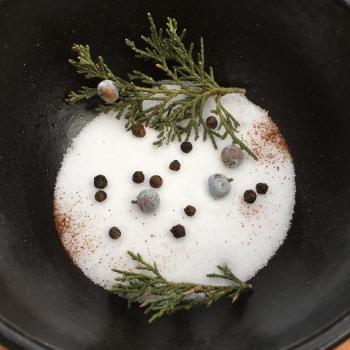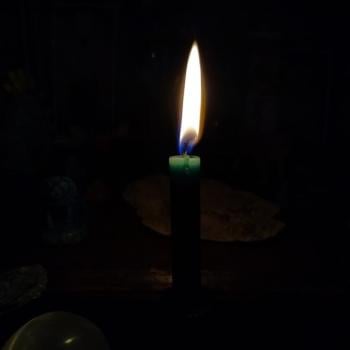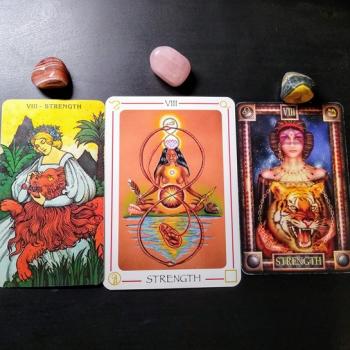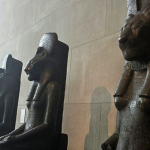The Summer (and this heat) is for Sekhmet. I’ve mentioned before that my interactions with deities can be cyclical, and maybe yours are too sometimes. Over the years as I incorporate other pantheons and deities in my spiritual practice, I have noticed that my Egyptian deities tend to show up more during the summer months. Surprising, I know. Many of my favorite Egyptian deities are around all year long, this is not just a summer fling. Coming from a desert climate, it should not shock me that the Egyptian deities are going to be more active when the climate is more reflective of their original culture and more to their liking.
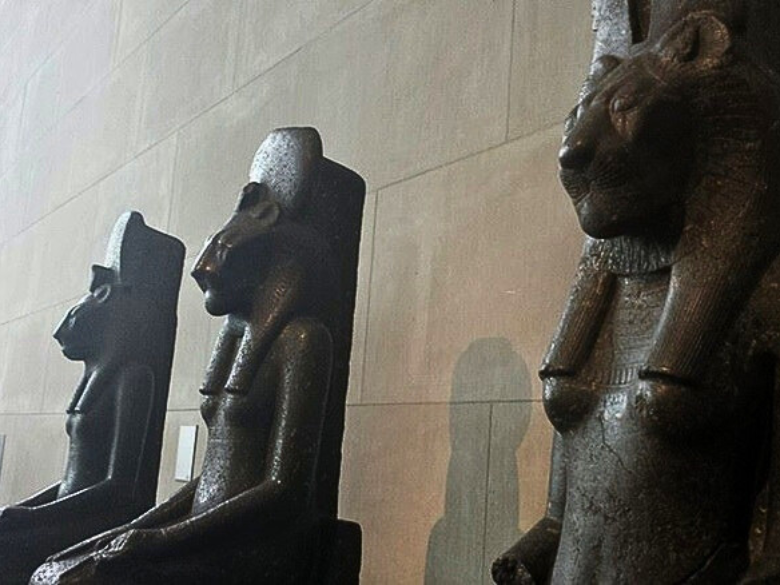
Sekhmet is one of my primary deities. I am oathed to her and one other god, I bear her mark physically and spiritually. She is one of the few spirits that I trust implicitly. Our relationship has been over 10 years in the making and I assure you, I would not be here if it were not for her.
With the Summer months and heat at their peak, I can feel Sekhmet’s presence in my life. Her breath has often been compared to the desert wind and heat. This is a powerful time of year for my lioness goddess, and her power will continue to build as we head into the Lion’s Gate.
For all of the amazing history that the Ancient Egyptians left us, they left us very little in regard to the myths about Sekhmet. Most of what we know about her is pieced together from inscriptions in tombs, temples and statuary. There seems to be only one major surviving myth about Sekhmet and this myth focuses on her destructive tendencies.
Sekhmet’s Myth
Ra, one of the supreme creator gods of Ancient Egypt, is one of the only deities that I know of who ages. This is different from the Norse gods who would age and die if they did not eat Idunna’s apples. Ra’s aging stories may have something to do with the fact that he is linked to the sun and the sun has a short, daily life cycle.
Regardless of why or how Ra ages, there is a small group of humans in Ancient Egypt who decide that they do not want to worship Ra (or perhaps the gods in general) and decide to rebel. This is always bad news. The gods need humans to worship them, leave them offerings, teach others, and carry on spiritual traditions.
Ra does not want this mutiny to spread, so he sends the Eye of Ra to quell this little rebellion. And this is where Sekhmet comes in. Ra takes his eye (perhaps literally but probably metaphorically) and sends it to Egypt to put a stop to the rebel humans. Sekhmet kills this group of humans for Ra, but in the process finds out that she likes the taste of blood or likes killing people and goes into a frenzy. Sekhmet then begins to kill everyone she comes across indiscriminately.
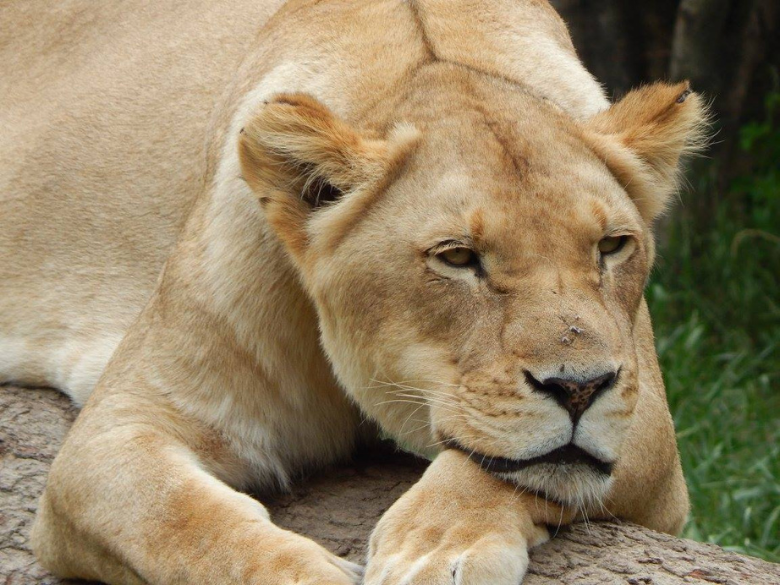
This is not what Ra wanted and he now has a new problem on his hands. Ra calls a council with some of the other gods to figure out how to stop Sekhmet. The council of gods comes up with an idea to stop Sekhmet. They order that all the beer that can be found be gathered together. The beer is then dyed red through the use of herbs or pigment (stories vary and none of us truly know). There are also variations of this myth that say psychedelic or hallucinogenic plants were also put into the beer, but again, we do not know for sure. Once the red beer was ready, it was poured all over the land and created a flood in Egypt. Sekhmet sees this vast lake of red beer, and in her frenzy assumes that it is blood, and drinks all of it. After consuming an extraordinary amount of beer, even for a deity, Sekhmet passes out. The myths say that when Sekhmet awakens, she is in a much better mood, her blood lust is gone and she leaves the earth for her divine domain
This is the Ancient Egyptian myth flood myth. The widespread presence of flood myths across cultures suggests that they may be rooted in shared human experiences, perhaps reflecting memories of localized or widespread catastrophic flooding events, or even the collective memory of rising sea levels after the last ice age.
Sekhmet in Ancient Egypt
The infamous pharaoh, Ramesses the Great brought some new life back into the cult of Sekhmet during his reign in the New Kingdom period of Egyptian history. Ramesses the Great adopted Sekhmet as a symbol of his power in battle. In friezes depicting the Battle of Kadesh, Sekhmet appears on his horse, her flames scorching the bodies of enemy soldiers.
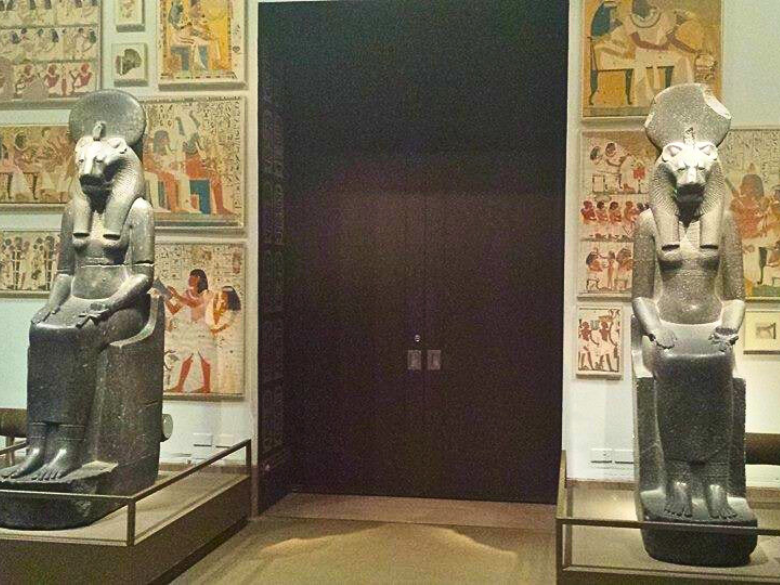
These myths and depictions of Sekhmet tell us how destructive and scary Sekhmet can be. Oh, and she can absolutely be terrifying. But Sekhmet is no more one dimensional than we are. Sekhmet is the goddess of many things – love, empowerment, art, magic. Aside from her vengeful streak, Sekhmet is most known for her healing abilities.
Amenhotep III (father of Akhenaten, Dynasty Eighteen) built hundreds of statues of Sekhmet in the precinct of Mut’s temple (known as “Isheru”) south of the Great Temple of Amun in Karnak. It is thought that there was one statue for every day of the year and that offerings were made every day at one of the statues. Some believe Amenhotep III did this because he was ill. It is possible that illness was the motivating factor behind this action but Amenhotep III did not appear to have any more issues than the average pharaoh – arthritis and bad teeth.
Modern Sekhmet
Nowadays, Sekhmet is worshipped, honored and worked with for a variety of reasons. She has taken on a new life in modern times, trading the dust of the desert for boardroom business suits. Sekhmet will always be a goddess of destruction, war and healing. But oftentimes she is also considered a goddess of empowerment, a goddess of creativity, of lust and passion. She embodies strength and beauty, joy and silence. She guides us when we need direction and teaches us to wander when we need lessons. Sekhmet is a goddess who will destroy you to build you back up, who will break you so that you heal correctly.
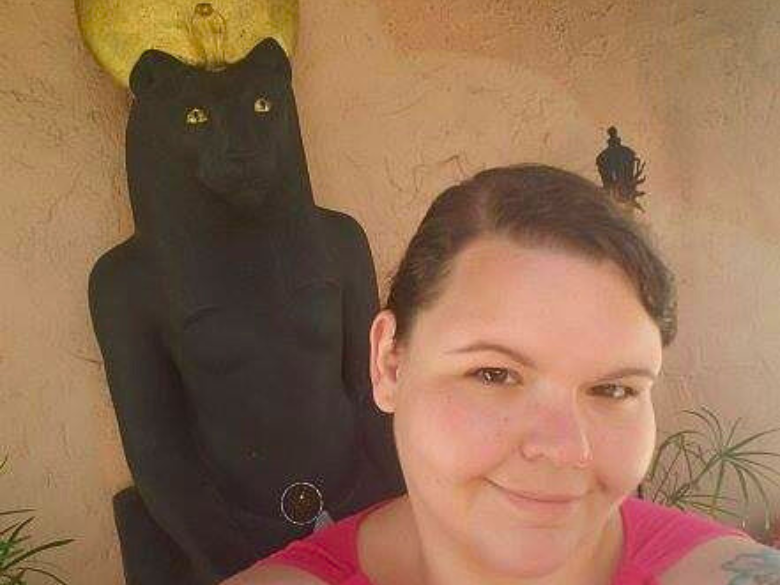
I am always happy to meet another devotee of Sekhmet in the wild. Even if you are not ready to build a lasting relationship with her, Sekhmet can be a great ally to have in your back pocket. Reach out to her in the times you need encouragement or motivation. Call on her when you need help being assertive or holding boundaries. Ask her for help with your creative endeavors. Invite her to lend you some of her allure in the bedroom. When you need a safe place to cry or rage or just sit with your pain, Sekhmet will be there for you then. Sekhmet is many things and one of those things is a mother, a mother who tends to her fragile children and then goes to war for them when needed.
I can tell you only so much about this great goddess. Her stories are powerful and exciting, but they do not fully encompass her magnitude or her abilities. She is the one who will teach you about herself, and yourself.



